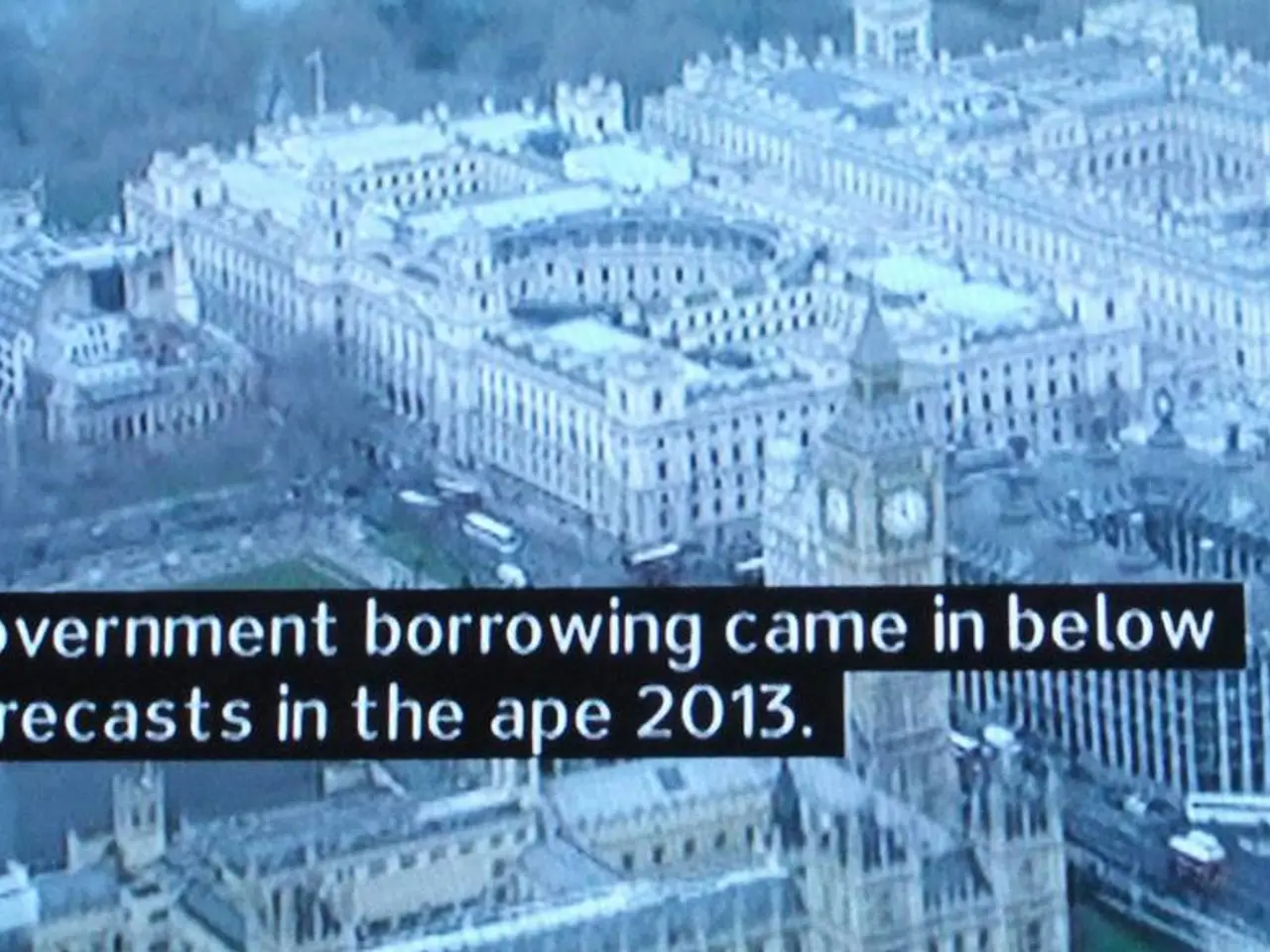Trump increased the tariffs on imported steel and aluminum from 25% to 50%
The U.S. government's decision to increase import tariffs on steel and aluminum has sparked a wave of economic and legal implications.
President Trump's announcement on May 30, 2018, during a speech at the United States Steel plant in Pennsylvania, marked the beginning of this change. The tariffs, initially at 25%, were set to double to 50% starting at 7:01 AM Moscow time on June 4. This move was aimed at bolstering the metal industries.
The aluminum tariff was also set to rise to 50%, following the same timeline. This decision was announced by President Trump on an unspecified date.
The tariffs, implemented under Section 232 of the Trade Expansion Act of 1962, are aimed at reducing or eliminating the threat to national security posed by imports of steel and aluminum articles and their derivatives. They are expected to have significant economic and legal implications.
Economically, these tariffs raise costs for U.S. industries that use steel and aluminum as inputs. This could potentially reduce their profit margins and lead to job losses in downstream sectors. Overall GDP is predicted to decline modestly. For instance, Bloomberg Economics forecasts a 0.15% GDP reduction over three years, while analyses from Yale’s Budget Lab estimate a persistent long-run GDP shrinkage of about 0.4% with 500,000 fewer jobs by the end of 2025 due to the tariffs. Tariffs also raise consumer prices slightly, negatively impacting household purchasing power.
Legally, the tariffs are subject to scrutiny, particularly regarding the justification of national security grounds. However, they are considered to provide stronger legal grounding compared to earlier tariff actions based on the International Emergency Economic Powers Act, which faced court challenges.
The tariffs may provoke retaliatory tariffs from trade partners and increase global recession risks, as noted by economic experts. The White House asserts that these tariffs align with a broader “America First” policy to revitalize domestic manufacturing and safeguard national security.
It's worth noting that the steel and aluminum tariffs are not part of the legal disputes over most of the tariffs imposed by the Trump administration.
In a separate development, President Trump approved the sale of a U.S. company to Japan's Nippon Steel. This sale, however, is promised to remain under U.S. control.
The implementation of "reciprocal" import tariffs of 10% to 15% on dozens of countries, initially announced on April 2, was delayed for more than 75 countries that had requested negotiations with Washington for 90 days. Tariffs on metal imports from the UK will remain at the current 25% level until July 9.
These developments underscore the complex and far-reaching effects of trade policy decisions, impacting both domestic and international economies.
- The increase in steel and aluminum import tariffs, under the guidance of the Trade Expansion Act of 1962, has implications that stretch beyond national security, potentially influencing policy and legislation in the new energy and finance industries.
- The rise in tariffs for both steel and aluminum, according to economic estimates, could lead to increased costs for U.S. industries, job losses, and a decline in the overall GDP, with forecasted reductions of up to 0.4% by the end of 2025.
- As these tariff actions may provoke retaliatory tariffs from trade partners and potentially contribute to global recession risks, they align with a broader political strategy of protectionism and revitalization of domestic manufacturing.




